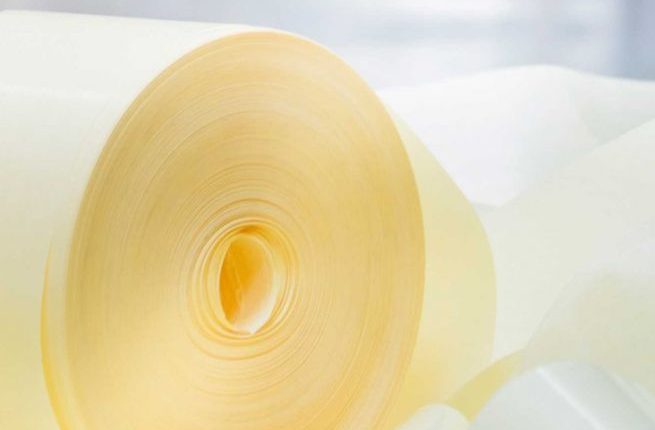- Advertisement -
This recycling solution makes it possible to transform PET liners, which are “usually incinerated”, into insulation panels for buildings.
Three manufacturers have worked together to offer a new solution for recycling PET label liners. These release liners, which account for 20 percent of all liners, can now be converted into building insulation with label manufacturer UPM Raflatac, chemist Inosence Polyol and insulation material producer Finnfoam.
This PET plastic label backing waste, recently collected by UPM Raflatac’s RafCycle recycling service, forms the basis for the new product t “a waste stream that is difficult to recycle which “were generally incinerated” says the manufacturer.
With this collaboration, PET-based film waste, collected by UPM Raflatac from its customers and end-users, is used as a raw material in a process developed by chemist Inosence Polyol. Finnfoam uses this material for polyisocyanurate or FF-PIR insulation.
An innovative recycling technique
The use of PET liners is not new, but the technique is quite innovative. “Certainly non-stick coatings are already used in the construction industry. However, as far as we know, the process consists of mechanically shredding them and using them as ‘fluff’ in the insulation.” says Juha Virmavirt, UPM Raflatac’s RafCycle Solutions Manager.
He continues: “In our case, the process is chemical: PET is broken down and a material called polyol is produced. Polyol is one of the main raw materials for polyurethane panels. Finfoam, a company based in Finland, is one of the few, if not the only, company that uses 100 percent recycled polyol in its production.”
In addition to other recycling solutions
UPM Raflatac has not compared this recycling solution with other liner treatments. Rather, it sees it as a complement to the solutions already in place. “They form a solid foundation for recycling PET liners and together create sufficient capacity to recycle as much of these liners as possible.”
Juha Virmavirt admits that there is still a lot of work to be done to develop the PET liner recycling business. “With initiatives like this, we want to highlight that PET liners can also be recycled.”

